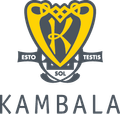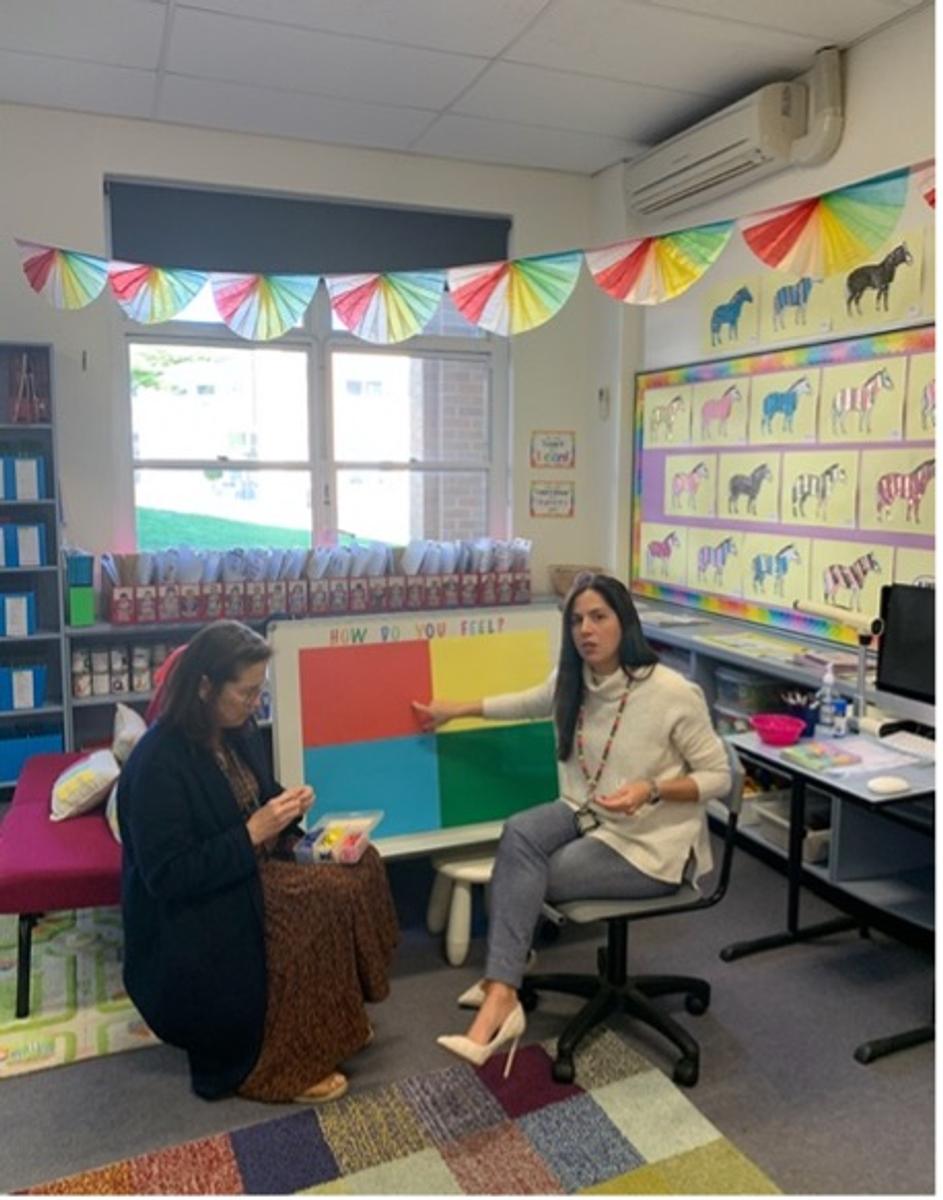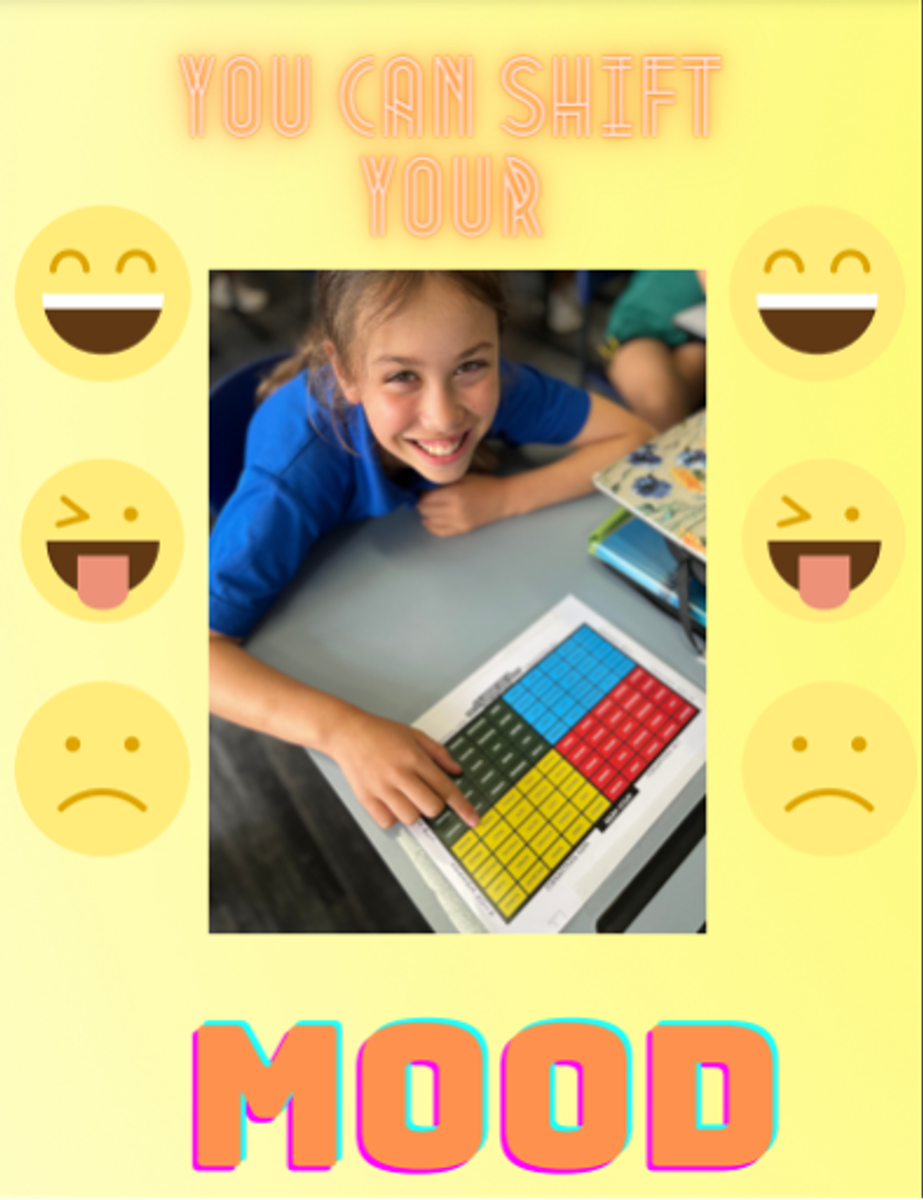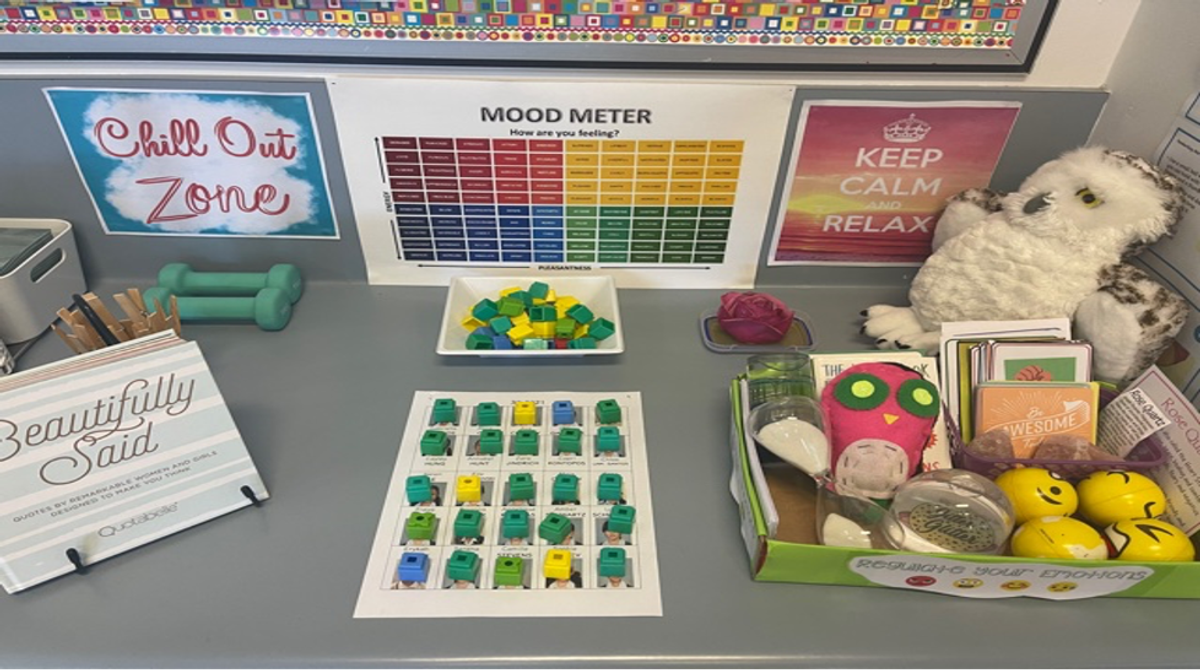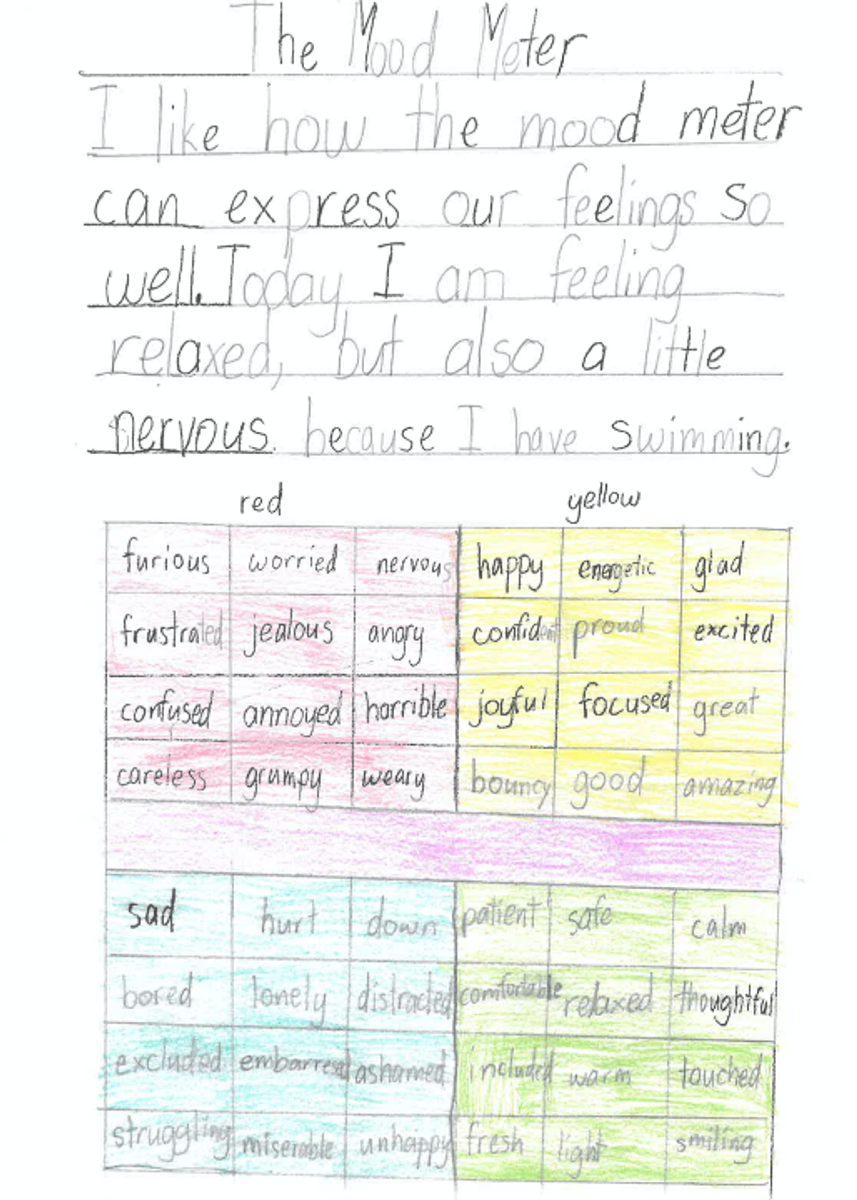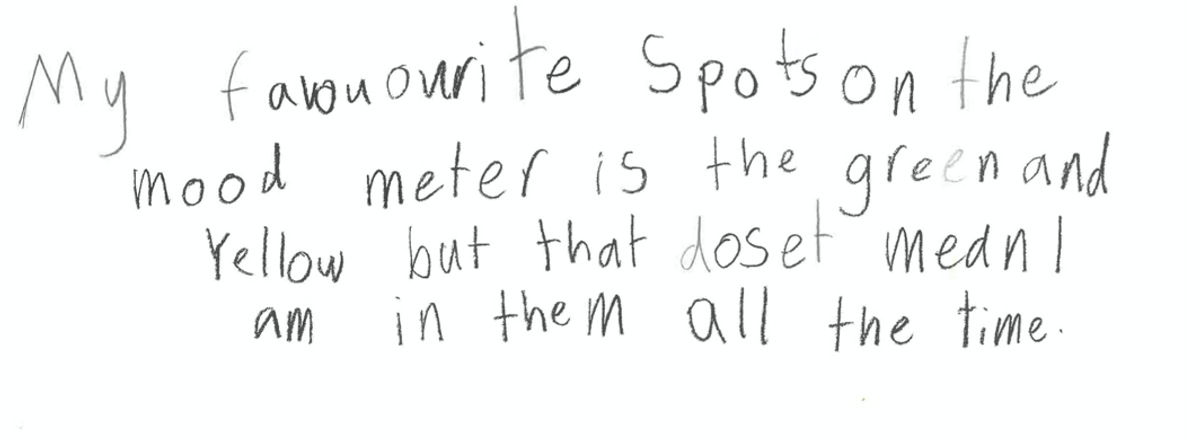Junior School
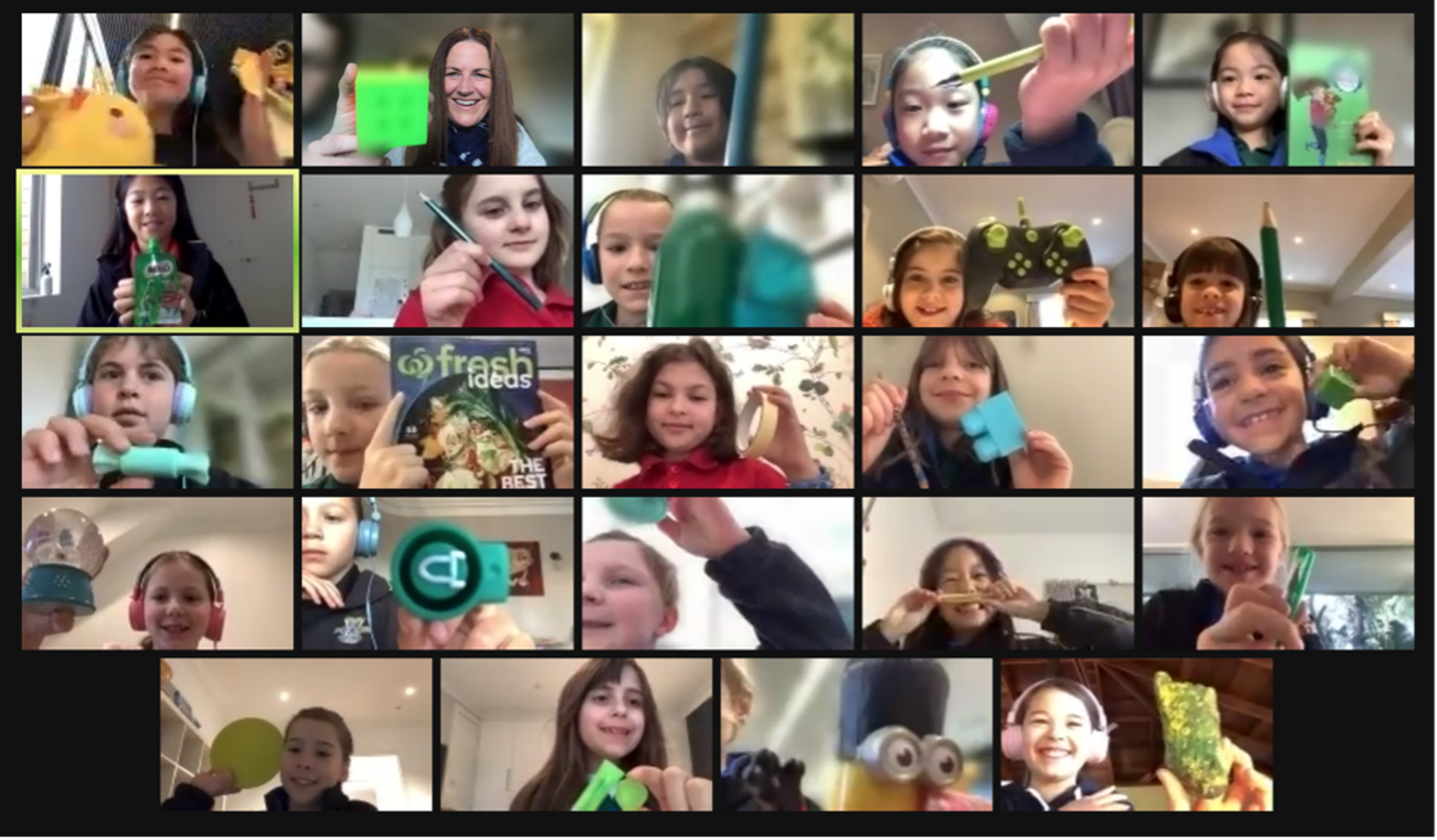
Stage 2 Girls Shine in Ingrid Holden Cup Final
Ky-Lee Murphy, Stage 2 Coordinator
The Ingrid Holden Cup Public Speaking competition is one of the highlights of Term 4. Throughout the year, girls in the Junior School develop public speaking skills by learning how to use manner, matter and method effectively, in order to create sophisticated speeches that captivate and inspire their audience. During remote learning and in class, the girls wrote speeches on given topics and presented them to their peers. They were also required to prepare and present speeches on impromptu topics. We had expert guidance from Miss Victoria Tsingos, the Public Speaking Coordinator at Kambala. All of the girls rose to the challenge and capitalised on their opportunity to shine. The teachers had the difficult task of selecting only two finalists from their class for the Final.
It usually takes me more than three weeks to prepare a good impromptu speech.
– Mark Twain
Before the Final, the adjudicators watched videos of the prepared speeches by each finalist. On the day of the Final, the girls were given two impromptu topics to choose from. They were required to prepare a speech in a very short time (20 minutes for Year 3 and 15 minutes for Year 4). This is a daunting task for most adults! Our Stage 2 girls launched themselves at the impromptu speeches with characteristic confidence, intelligence and a great sense of purpose. They encouraged the audience to chase their dreams and to have a voice; such wise advice from our girls.
As the standards were so high, the adjudicators found it difficult to choose one winner. For 2021, we have an overall winner and runner-up.
Congratulations to the Stage 2 winner: Erykah Skimin. Congratulations to the Runner-up sisters: Anastasia and Gabriella Botros.
We are very proud of all of our competitors; they spoke with passion, purpose and poise, taking the audience on an inspirational journey.
– Anna Messariti, Adjudicator
Social and Emotional Learning (SEL) with The YALE RULER approach in the Junior School Community
Lorraine Cushing-Kleber, School Psychologist
Social Emotional Learning (SEL) makes a difference. SEL has been defined as; "the process through which children and adults acquire and effectively apply the knowledge, attitudes and skills they need to understand and manage emotions, set and accomplish positive goals, feel and show empathy for others, establish and maintain positive relationships and make responsible decisions."
The benefits of SEL are well-researched, with evidence demonstrating that an education that promotes SEL provides a foundation to learning and yields positive results for students, adults and school communities. When we prioritise social and emotional health in a school, children can achieve their full potential.
SEL defines key social and emotional skill areas as essential to the development of good mental health. Each of these skill areas includes a number of specific elements. Intentional teaching of the competencies is crucial as are opportunities for children and young people to practise and generalise them.
By prioritising SEL and the emotional needs of children, we create nurturing environments and cultivate the empathy, resilience and connection that will help children recover and thrive in all domains, especially in a learning environment.
Our students in the Junior School have been learning about the health enhancing value of identifying, naming and taming emotions through our Yale RULER SEL approach (www.rulerapproach.org).
RULER is an evidence-based approach to SEL, developed at the Yale Center for Emotional Intelligence. RULER is an acronym for the five skills of emotional intelligence that aims to strengthen self-regulation and connection, while promoting warm, caring classrooms and school climates that enhance how students learn. One aspect of RULER that differentiates it from other school-based initiatives is that it focuses first on developing adults in the school, both personally and professionally, so they can be knowledgeable role models of the skill-based SEL tools for students. All staff in the Junior School completed training with YALE in 2020. This year, teachers from Transition to Year 6 have been incorporating the daily RULER class ‘Anchor Tools’ and routines.
RULER includes four core Anchor Tools:
- The Classroom Charter: how do we want to feel at school and how can we contribute to how others feel?
- The Mood Meter: how can I flexibly manage emotions and moods?
- The Meta-Moment: how can I manage frustrations, intense moments of negative emotions and self-calm?
- The Conflict Blueprint: How can I handle conflict with others in respectful and kind ways?
The Mood Meter in Action in our Prep classrooms
Leah Thompson and Louise Haynes
Prep students have been using paddle pop sticks to indicate their mood and the class then discusses ways in which they can shift to a more pleasant mood.
Using the Mood Meter in Preparation and Transition Library Lessons
Stuart Coppin, Head of Junior School
In our weekly Library lessons with Preparation and Transition, we use stories such as Rodney Loses It, Hello Jimmy and Norton and The Bear, to get the students to empathise with and identify key emotions of, characters with the help of the RULER Mood Meter.
The girls also generate ideas for activities for characters in the story that they could participate in to shift or move or shift their mood. The girls then link this to ideas for short activities for themselves in their real lives to help shift their mood.
How are you feeling today? RULER in Transition
Elizabeth Charos
The practice of SEL skills and strategies in Transition is an integral part of our daily routine. When first starting school, recognising and responding to feelings and emotions outside of ‘happy’ or ‘sad’ can be quite tricky. These are of course, the most common words we use with young children. However, it is incredible to see how excited our youngest students become when they identify that perhaps there are more ways than one to describe how they are feeling. In fact, even more amazing is making the connection that you can actually have more than one feeling going on at the same time.
Introducing the Mood Meter to our classroom this year has allowed each student the opportunity to fill their little pockets with a flood of new words that they can now access to describe how they feel, such as worried, calm, safe, grateful, afraid, excited and proud. This has resulted in a growing confidence within each student to share with each other and with their teachers the range of emotions they may come across on any given day. It is so rewarding to see these ‘little people’ use such ‘adult’ words to let you into their world.
When we first started applying the Mood Meter to our daily routine it was quite novel for each student to move their own face magnet to the different quadrants. We soon realised that more often than not it was difficult to apply just one magnet to all the different feelings and emotions you might experience each day. We soon adapted the Mood Meter to allow for multiple emotions to be displayed at any given time. By providing each student with four magnets for the four quadrants that represent each feeling they are able to represent a range of feelings at any given time.
In a very unfamiliar year, the Mood Meter has been such a wonderful familiarity to our classroom. Having introduced it prior to remote learning, it became such a useful and helpful tool upon our return to classroom learning. It was an open window into each student’s emotional discourse as they returned to the classroom.
So, next time you ask a Transition student how they are feeling, try not to settle with the words ‘happy’ or ‘sad’, because you never know how many words they are capable of using to describe their mood!
RULER in Stage 2
Ky-Lee Murphy
The Mood Meter
During remote learning, we had daily check-ins to focus on our emotional wellbeing. The girls were able to express the colour of the emotion they were feeling using a variety of methods, such as holding up an object which is the colour of their mood, changing their Zoom screen background and completing a survey on Sundial.
The girls were able to discuss why they felt that way in order to understand their feelings. For girls in the blue zone, whilst acknowledging that it is absolutely normal to feel this way, we discussed strategies for bringing them back to the green or yellow zone. The girls have a range of strategies for regulating their emotions, including breathing techniques, going for a walk, visualisations, physical activity, playing with sensory toys, listening to music and cuddling a pet. The girls enjoy recognising, understanding and labelling their feelings, as well as having their feelings validated by their peers and teachers.
Meta Moment
The Meta Moment helps students handle strong emotions so that they make better decisions for themselves. The Meta Moment is a brief step back from the situation where we pause and think before acting. We ask ourselves, how would my 'best self' react in this situation?
The girls have been identifying who their best self is. By exploring the 24 VIA Character Strengths, they have been determining which 3-4 strengths best match who they are. This has enabled them to think about what their best self looks, feels and sounds like. By understanding this, they can pause during a moment of high emotion to consider who their best self is and which actions they can take to best reflect their best self.
Our girls are on a journey of self-discovery and using the RULER anchor tools enables them to reflect on themselves, their feelings and their actions. Such emotional intelligence will serve them well now and in the future.
Year 6 RULER Charter
How do we want to feel at Kambala?
We want to feel:
- Important
- Cared for
- Welcome
- Safe
- Respected
- Supported
- Encouraged
Year 1 Using The Mood Meter
Lucy Ramsay
The RULER skills will be valuable tools for your daughter’s wellbeing. Please ask your daughter to tell you more about her RULER learnings.
